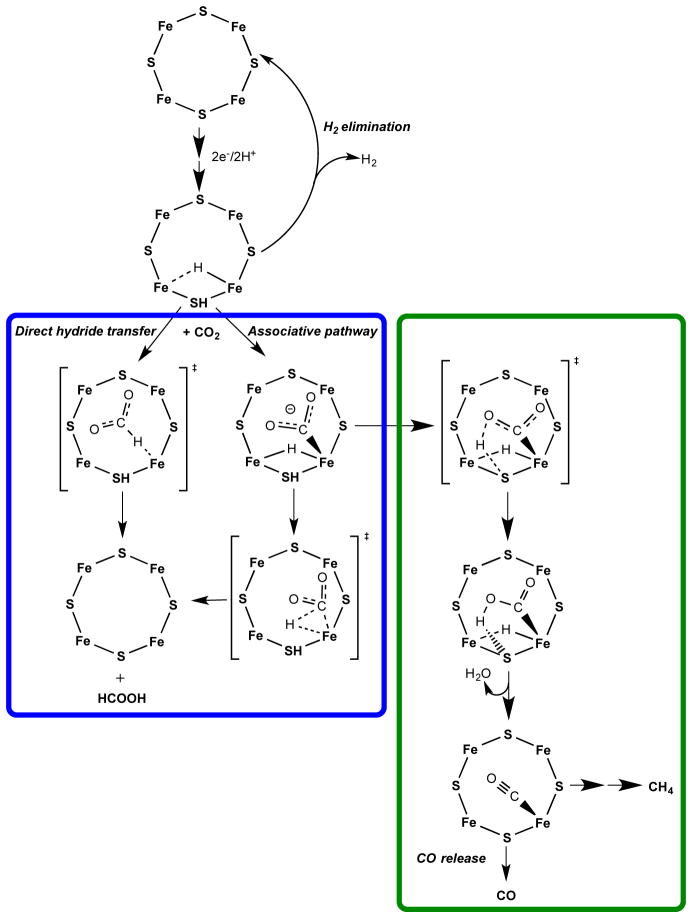Figure 4. Possible pathways for CO2 reduction.
CO2 activation at one FeS face of the E2 state of FeMo-co is shown. The E2 state is proposed to contain a single Fe-hydride and a proton bound to a sulfide shown bound to one face of FeMo-co. Reduction to formate (blue box) can go by either a direct hydride transfer or an associative pathway. A pathway to formation of CO and CH4 is shown in the green box. Six additional electrons and protons are added to the bottom structure to achieve reduction to CH4.

